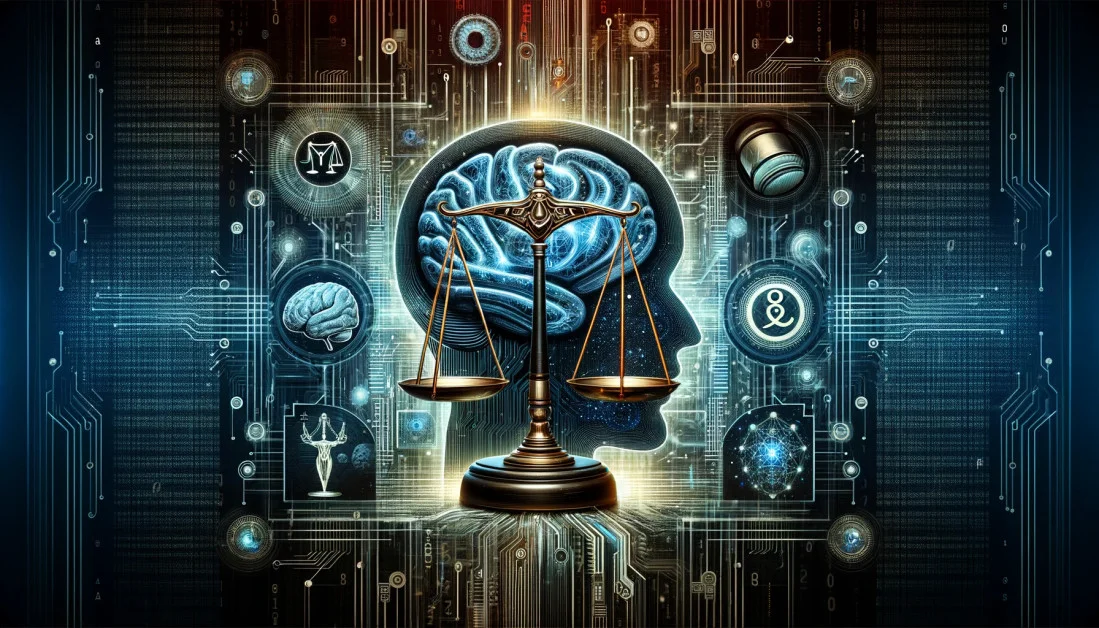The far-reaching global economic impact of generative artificial intelligence (AI), across functions and industries, is estimated by McKinsey to reach a whopping $4.4 trillion.
As large language models (LLMs), like ChatGPT, become increasingly woven into how we work, what employers expect of college graduates and first-time job seekers will evolve too. When used strategically, the technology can be a game-changer, with the potential to drive economic mobility through richer and more customized career navigation.
Young people are already embracing this technology. Generative AI tools—like Open AI’s aforementioned ChatGPT and Google’s Gemini—are widely available and young people use them all the time; 70% of Gen Z report using the technology and more than half trust it to inform their decision making. As organizations aim to catch up to their students and adopt AI, they need to be vigilant about using the technology in ways that mitigate existing inequalities, rather than inadvertently exacerbate them.
Similar to tapping into a built-in professional network, using a LLM in a job search is a shortcut that more privileged students will use without any second guessing. Organizations working with first-gen students have a responsibility to harness the potential of AI tools to knock down barriers their students face in the pursuit of a great first job. We need to use generative AI to categorically transform how first-gen students navigate the start of their careers, rather than settle for incremental improvements in how they move through a very uneven playing field.
Harnessing AI to support career navigation
When it comes to helping first-gen students launch great careers, generative AI can shift practices in critical ways. For example:
Personalized career navigation at scale. At Basta, we’ve seen how dense, jargon-filled job descriptions and opaque application processes can pose major obstacles to first-gen students. For example, jobs described as “entry-level” range from not requiring a degree at all to demanding multiple years of full-time experience. Sometimes, students miss opportunities that are a good fit because corporate lingo doesn’t highlight that transferable skills might put them in the running.
We can resolve this type of conundrum through using LLMs to do candidate-job matching. In doing so, generative AI has the potential to deliver equitable skills-based hiring, helping younger generations avoid getting enmeshed in the so-called “low-wage trap.” If we embed tracking of application outcomes into such a tool, AI can even identify trends in the types of roles and companies with which a young person is gaining traction, helping to refine their search and get them to an offer faster. Importantly, it will also free up time for career advisors and coaches to have more meaningful one-on-one interactions with their students.
Jargon-buster. At Basta, we know from research and first-hand experiences that less exposure to American corporate norms is one of the major inhibitors for first-gen graduates applying for jobs and building and activating networks. In addition to the cost of “high-stakes knowledge gaps” (like the awareness that the post-interview thank you note can be as important as the interview itself), many first-gen students have told me that anxiety about saying the “right” thing has stopped them from sending a message at all. Generative AI can make all of this less intimidating to navigate by bridging knowledge gaps about these norms and providing, for example, a shortcut to the first draft of that all-important thank you note.
Practical assistance. Examples of how LLMs can support first-gen students include:
- Providing first draft language for written communications during the interview process
- Drafting an elevator pitch to get an informal interview with a prospective employer
- Proofreading a job application or resume
Guiding students on how to prompt an AI tool is a good start, but ambitious career navigation organizations can take it a step further, training a model to recognize the specific challenges first-gen students might encounter and provide feedback in affirming, assets-based language.
Organizations must tread carefully
Generative AI relies on LLMs that—while extraordinarily information-rich—are far from perfect or complete, and are unfortunately prone to algorithmic bias. In recruitment, these biases disproportionately impact first-gen students of color and risk leading to discriminatory outcomes.
No technology tool is infallible, including and perhaps especially LLMs, so companies who develop recruiting-based generative AI tools must redouble their efforts to eliminate bias. They must also offer support, so that talent acquisition professionals with little incoming expertise can understand both the tools’ potential uses, not to mention their pitfalls. Even with models that have been more intentional about minimizing bias, implementing these technologies for career navigation will not be a replacement for career counselors, nor should students rely too heavily on it as a single tool, however brilliant.
Rather, we should use AI to scale the aspects of career navigation that do not require a human perspective, such as decoding job descriptions, clearing the way for career coaches to support uniquely human elements like weighing competing family and personal expectations, building confidence and persevering through inevitable rejection.
In short, AI should not be seen as a replacement for human connection and the innumerable benefits that we derive from those connections.
It’s up to us
When used carefully for career navigation, there is a huge opportunity for generative AI to empower first-generation students of color as they enter the workforce.
Organizations need to think critically about if and how generative AI aligns with their mission and values. Rather than make incremental changes or attempt to latch unthinkingly onto trends, leaders must think holistically and strategically. Generative AI could revolutionize the way we support first-gen students and meaningfully impact the deeply inequitable system of hiring in the United States. But we won’t get there through table-stakes solutions.
It’s up to us to use this technology intentionally and effectively to support those most at risk of being left behind by this technological transition.
Maggie Raible is head of impact and innovation at Basta












